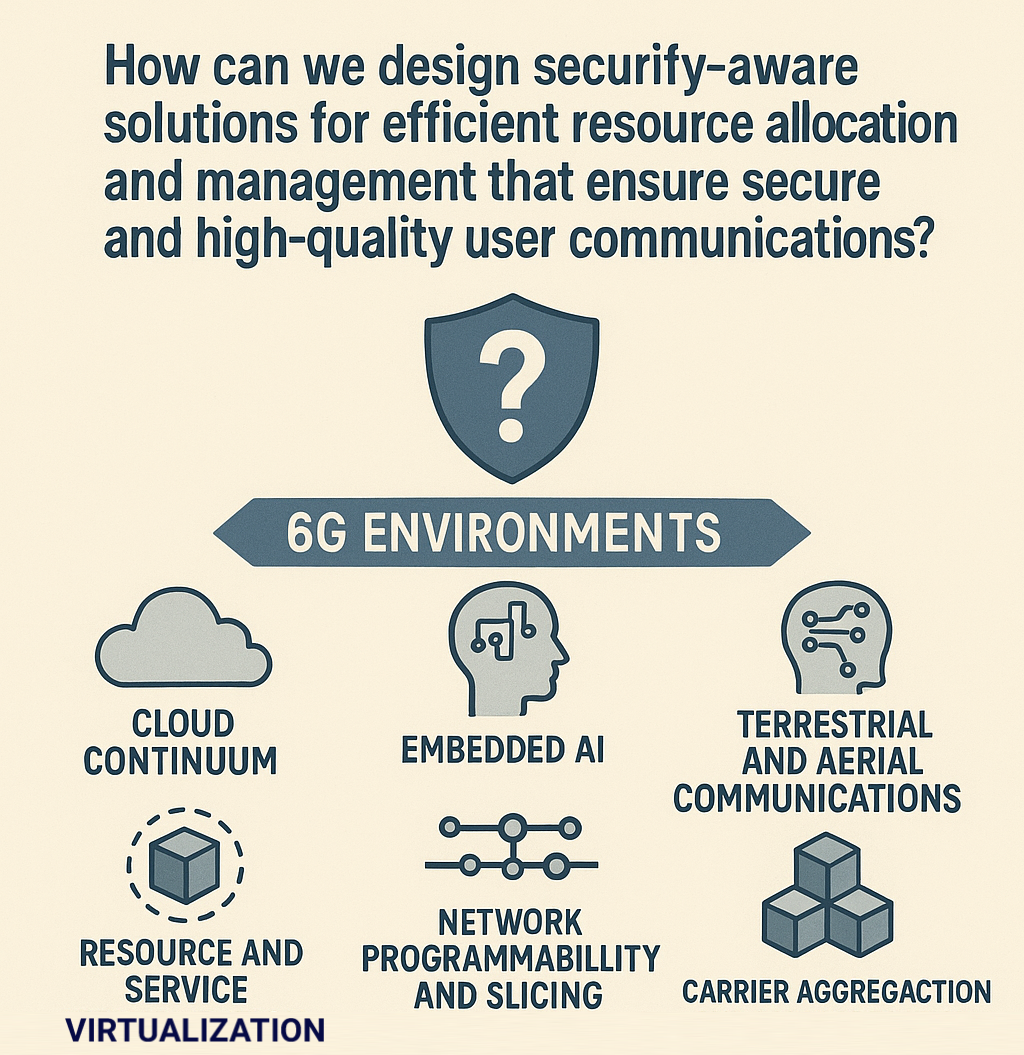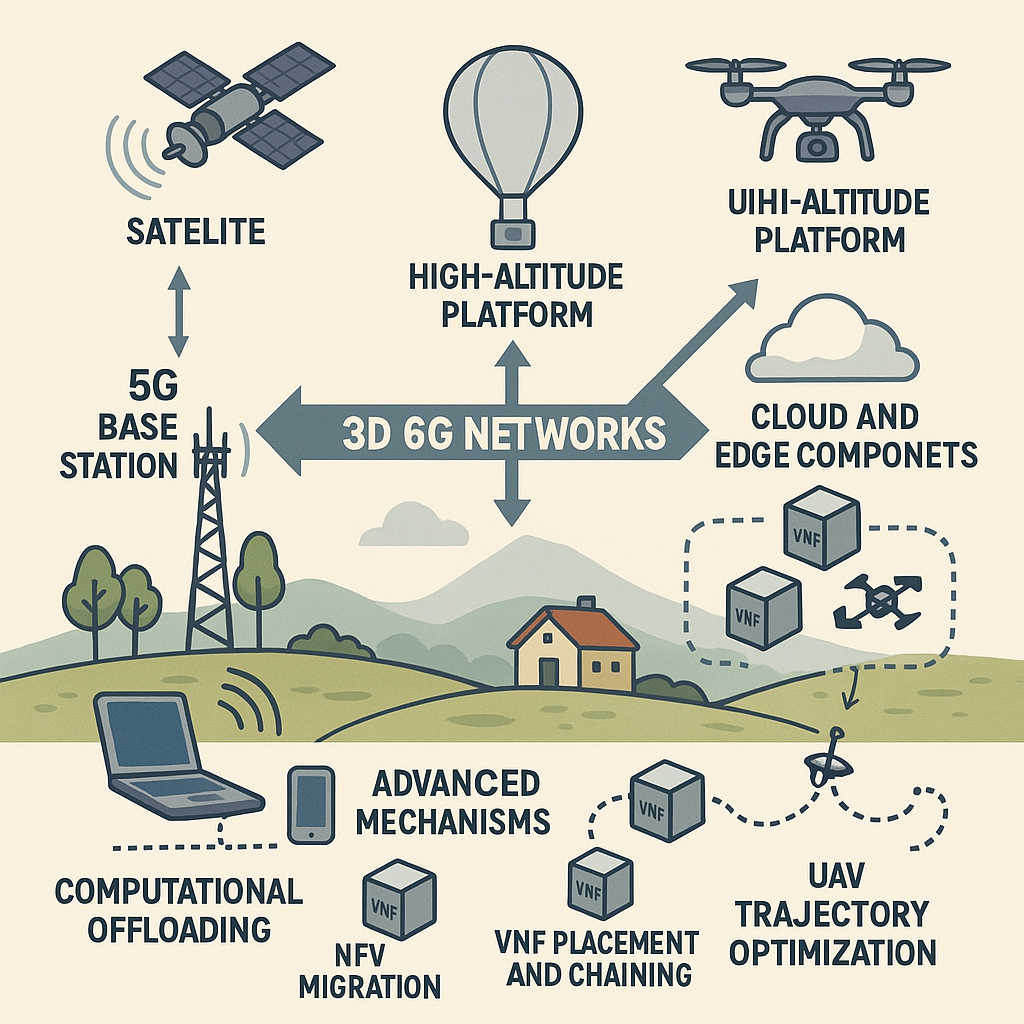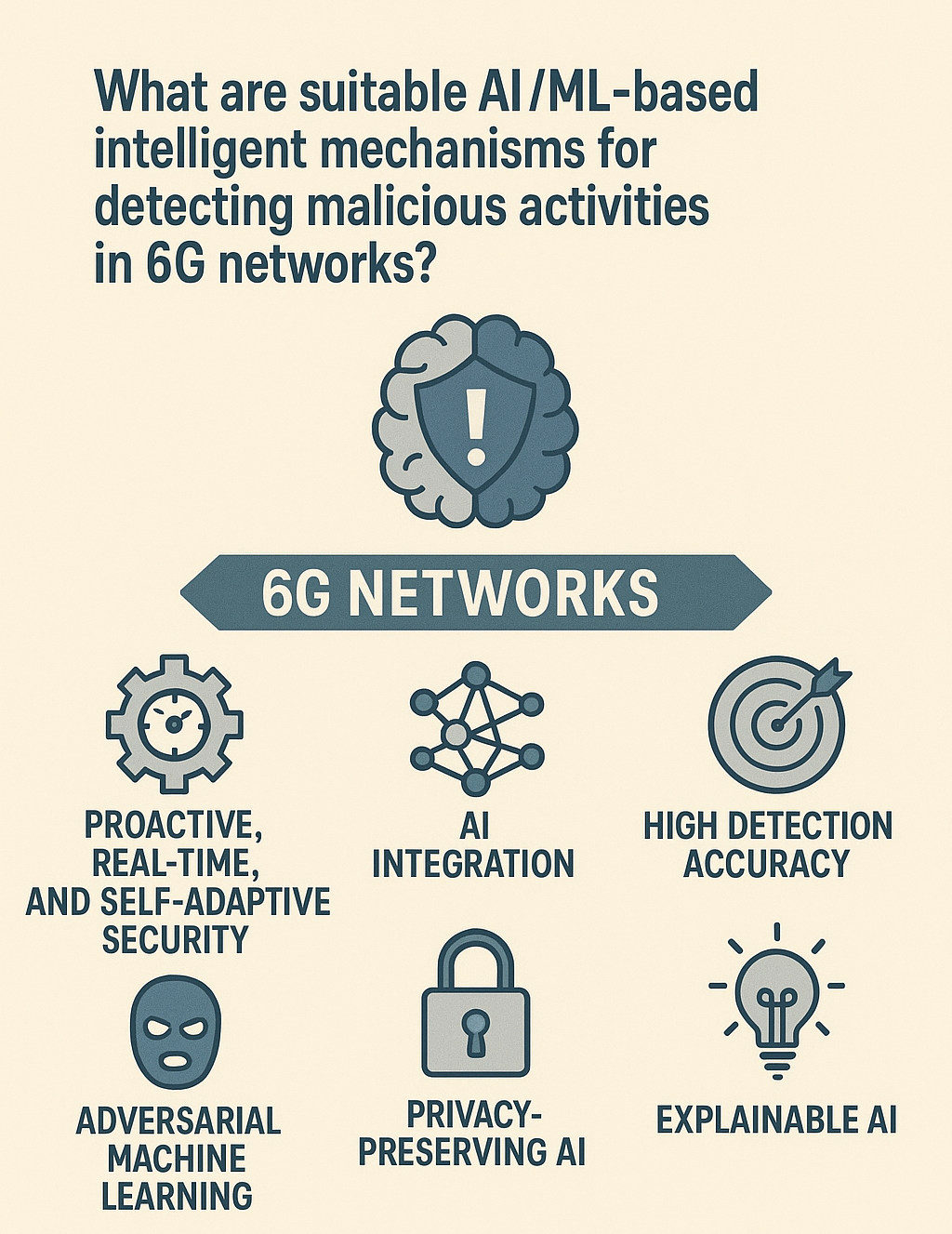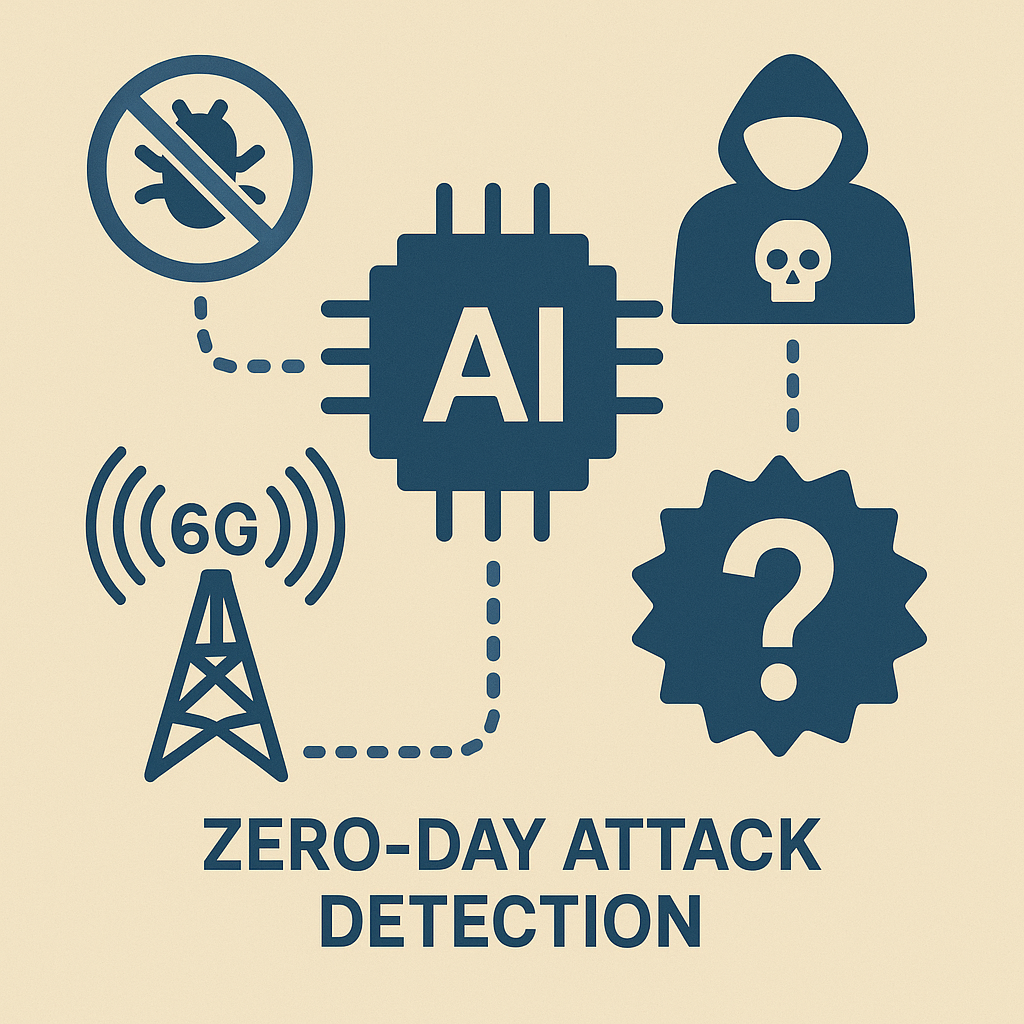


6G networks are expected to deliver high data rates, near-zero latency, low energy consumption, zero-touch operation, and support for a wide range of services with diverse requirements (e.g., metaverse, digital twins, and holographic communications). Meeting these demands requires a convergence of multiple technologies, including the cloud continuum, embedded AI, terrestrial and aerial communications, resource and service virtualization, network programmability and slicing, carrier aggregation, disaggregation, and the openness of RANs across various segments and layers. This technological convergence significantly increases the complexity of 6G architectures, expands the attack surface, and poses substantial challenges to resource management and allocation. In this context, efficient and security-aware resource allocation emerges as a critical issue to ensure secure communications that meet stringent quality of service (QoS) and quality of experience (QoE) requirements. This leads to a fundamental research question: How can we design security-aware solutions for efficient resource allocation and management that ensure secure and high-quality user communications? Addressing this question involves the development of innovative, security-oriented strategies for resource allocation in 6G environments and the evaluation of their effectiveness in terms of security, communication quality, scalability, and other key metrics. To this end, a combination of analytical modeling, simulation/emulation, experimental platforms, and machine learning or artificial intelligence techniques may be employed.

The Sixth Generation (6G) of mobile networks is expected to provide ubiquitous connectivity and coverage, ensuring access anytime and anywhere. To achieve this goal, the integration of terrestrial and aerial networks becomes essential, particularly in remote or sparsely populated regions where the deployment of terrestrial infrastructure (e.g., base stations and antennas) is physically or economically unfeasible. In this context, satellites, unmanned aerial vehicles (UAVs), and high-altitude platforms (such as balloons, airships, and aircraft) are envisioned to form part of the 6G communication infrastructure, giving rise to what is known as Three-Dimensional (3D) networks. Moreover, 6G networks will continue the trend of cloudification and edgefication introduced by 5G, extending cloud infrastructures, network functions, and services across multiple layers of the network—including aerial and extreme edge components. This architectural evolution supports a broad spectrum of services: from ultra-low latency applications, which require data and processing to be positioned as close to end users as possible, potentially within a single network hop, to services where latency is less critical but wide-area coverage is paramount. In this heterogeneous environment, selecting the most suitable network nodes and devices to support diverse applications depends on multiple factors, including node position, signal quality, battery level, availability, reachability, cost, and the availability of computational resources. Efficient and intelligent solutions are therefore required to manage this complexity. This research line focuses on the development of advanced mechanisms for service and resource allocation in three-dimensional (3D) 6G networks. Key topics of interest include computational offloading, virtual network function (VNF) placement and chaining, network function virtualization (NFV) migration, and UAV trajectory optimization—all of which aim to ensure optimized performance, scalability, and quality of service in dynamic and resource-constrained environments.

The Sixth Generation of Mobile Networks (6G) is expected to introduce a vast number of new connections, encompassing diverse types of devices, functionalities, and services. This heterogeneity in devices, services, and underlying technologies contributes to the increased complexity of 6G networks. When coupled with advancements in Machine Learning (ML) and Artificial Intelligence (AI), this complexity creates new avenues for intelligent and adaptive cyberattacks targeting the network and its components. In many cases, attackers can bypass traditional security mechanisms and remain undetected due to the absence of intelligent, real-time defense solutions. Such intrusions can lead to service disruption, financial losses, and the compromise of sensitive user information. In this context, the development of proactive, real-time, and self-adaptive security solutions becomes a crucial direction in 6G network research. AI integration is expected to play a central role across various segments of the network—deployment, configuration, operation, performance optimization, fault recovery, and, critically, security management. Accordingly, this research line focuses on the development of AI/ML-based intelligent mechanisms for detecting malicious activities in 6G networks. The aim is not only to ensure high detection accuracy but also to assess the operational feasibility of the proposed solutions in terms of detection latency and resource efficiency, using real-world network data. Additionally, aspects such as Adversarial Machine Learning, Privacy-Preserving AI, and Explainable AI for Security may be explored. The first addresses the developing of AI solutions that can detect and defend against adversarial attacks on 6G networks, such as data poisoning, evasion attacks, and model stealing. The second explores AI techniques that can ensure privacy protection in 6G networks, such as secure multiparty computation, federated learning, and differential privacy, to prevent unauthorized access and data breaches. The last topic deals with AI models and techniques that are transparent and interpretable, allowing security analysts to understand and explain the decision-making process of AI-based security systems in 6G networks.
.
An important advancement in 6G will be the native integration of Artificial Intelligence (AI), enabling intelligent network management, automation, optimization, and security across all layers of the architecture. However, this evolution also introduces heightened cybersecurity risks, as advances in AI and computational power empower attackers to design sophisticated attacks and exploit emerging vulnerabilities. Among these threats, Zero-Day attacks are particularly concerning, as they can bypass traditional defense mechanisms by exploiting previously unknown vulnerabilities or leveraging novel attack patterns that the network has not yet encountered or learned to detect. In general, solutions designed for known attacks tend to perform poorly when confronted with zero-day attacks, as they are typically trained and structured to operate on closed-set classes. This research line aims to investigate, develop, and evaluate solutions for zero-day attack detection, with a particular focus on the study of ML/AI models and zero-shot learning concepts, enabling the detection of previously unseen threats in dynamic and evolving 6G network environments.